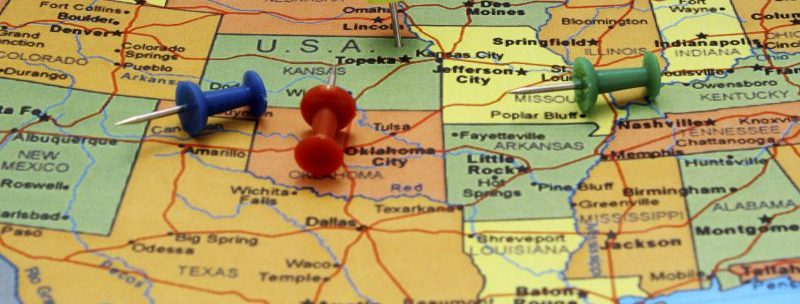As kids around the country head back to school, parents are cringing as they think of all the homework questions their kids will have. What’s a parabola? The nucleus does what in a cell? What exactly do state legislatures do? While we can’t help you with the first two, we definitely know a thing about state and local government. For this week’s State and Local Spotlight, we wanted to share our state and local knowledge with you so you can adequately help your kids with their homework and impress your friends at your next dinner party!
Government Structures
One of the things that make state and local government so difficult to understand is that no two governments in the United States are structured exactly the same. However, all state governments are structured the same as the federal government—they are made up of an executive, legislature, and judiciary. While the functions of the branches are the same, there are some differences. For example, Nebraska has a unicameral legislature while every other state has a bicameral one.
Local governments get a little more complex. There are four main types of local governments: counties, townships, special districts and municipalities. The prevalence and function of the four types of local governments varies from state to state. For example, municipalities generally take on most public services and townships only exist in about half of the states. These local governments are granted power by the state and have most of their leadership, like mayors and city councils, elected by the people.
Workforce
Almost half of the workforce is reaching retirement age. This means that state and local organizations are going to have to take a new approach to their workforce and prepare for an influx of younger employees. One way state and local governments can attract and retain younger talent is through mentoring. Promoting mentoring and training of the next generation of government workers is advantageous to both the employees and the organization as it sets the new workforce up for success.
Some other advantages to working for state and local organizations include a flexible work environment, work that matters, a retirement fund, student loan payment assistance, paid internships, and organizations for young workers.
Budgets
The first thing to understand about state budgets is that no two budgets are appropriate the same way. However, there are some similarities amongst how state and local governments receive funds. For example, all state and local governments receive federal funding, they can raise revenue by taxing consumer products and residents, and the single biggest expenditure in every state is education. Other top state and local expenditures include public welfare, health care, highways, police and fire protection, interest on debt, and utilities and liquor stores.
Budgets are still a tough topic as the nation continues to rebuild itself from the recent economic crisis. But overall, states are in a better position than they were a few years ago. The future of state and local budgets depends on how well governments deal with challenges like rising spending demands and limited gains in revenue collections.
Technologies
The issue with technology and state and local governments is that there is a significant disparity in access to technology between smaller governments and larger governments. While the cost of technology is decreasing, allowing smaller governments more access, small cities must be creative in how they compete for technology advancements. For example, smaller states and localities should take advantage of their size to leverage innovation. Because they are so small, these governments often are not hindered by the same bureaucratic processes that plague bigger governments. Additionally, smaller governments can partner with other agencies or the private sector to encourage collaboration and connect smaller communities to resources they may not have. Innovation is not easy but by turning weaknesses into strengths, innovation is possible even in the smallest governments.
Still have more questions about what’s going on in state and local government? Check out our Understanding State and Local Government guide and get excited for our new state and local guide that further explores the workforce of state and local government.





Leave a Reply
You must be logged in to post a comment.